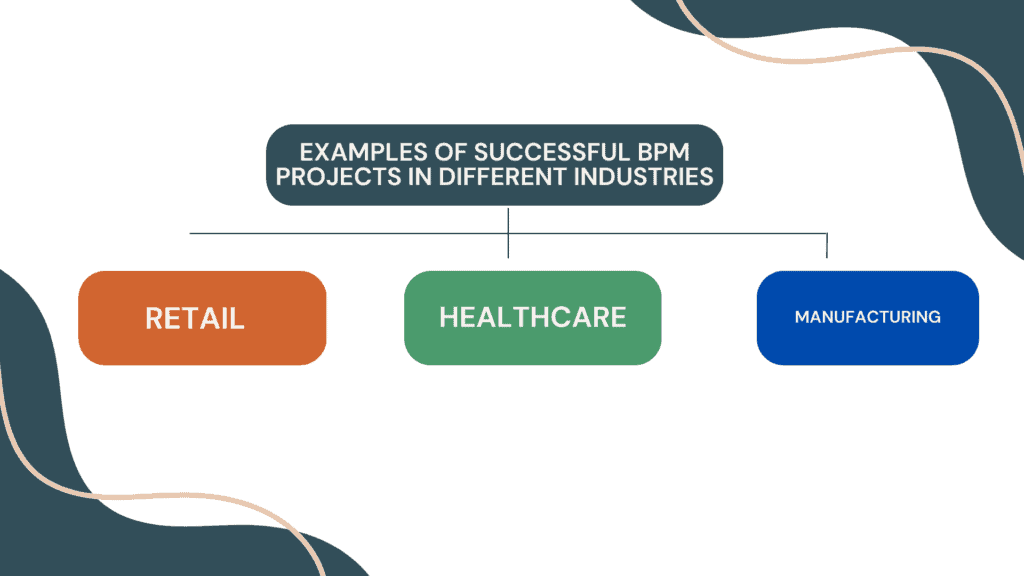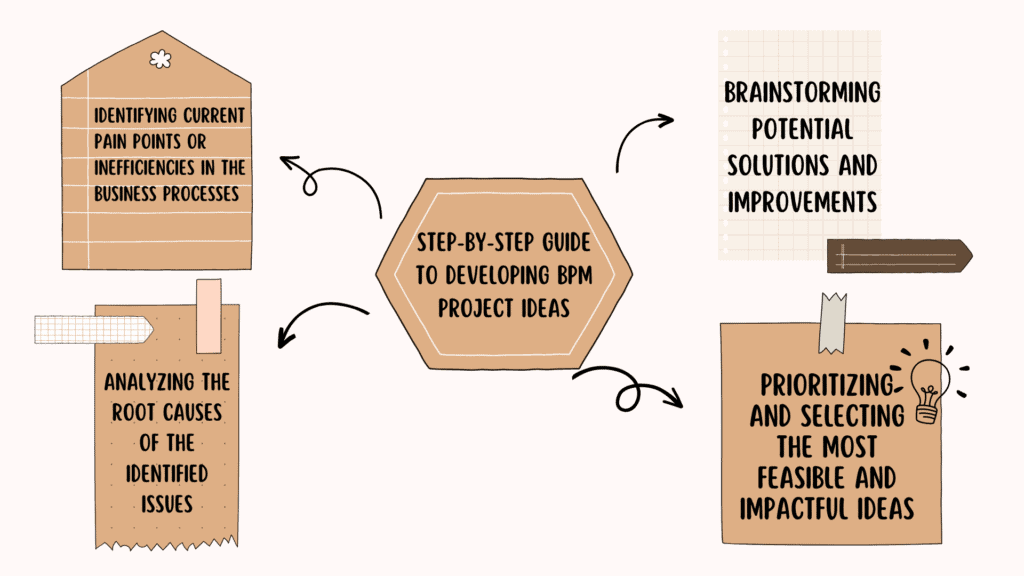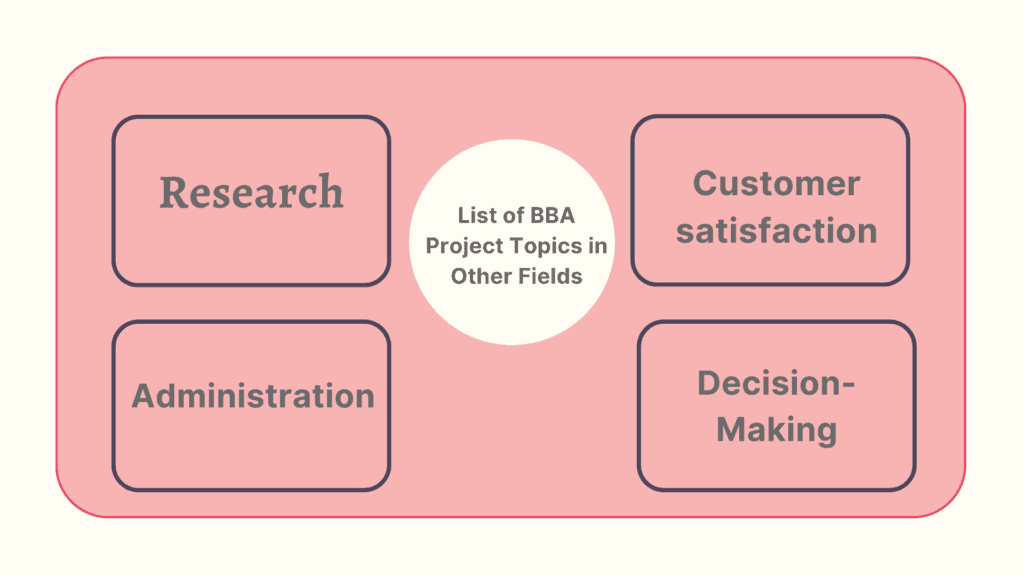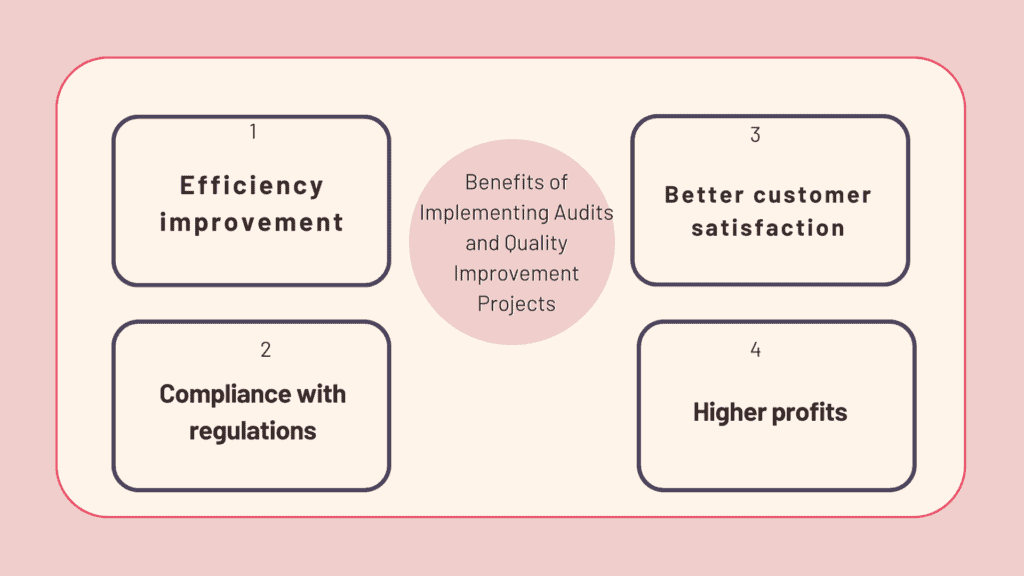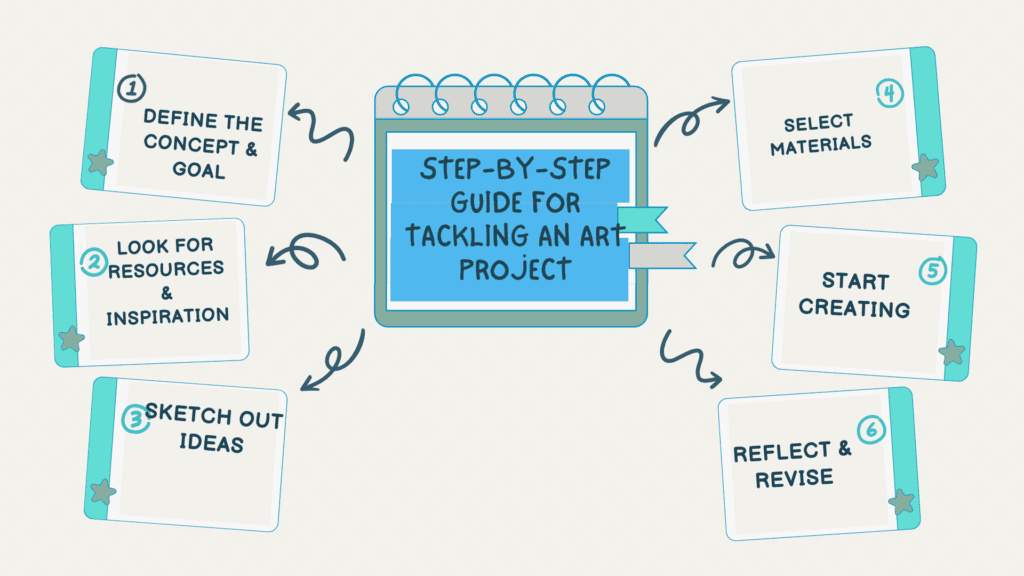Table of Contents
Key Takeaways
- he CAS project is an important component of the International Baccalaureate (IB) program, and it provides students with an opportunity to engage in meaningful community service and personal development activities.
- When brainstorming CAS project ideas, it is important to consider your personal interests and passions, as well as the needs of your local community.
- Some popular CAS project ideas include organizing a charity event, volunteering at a local shelter or hospital, starting a recycling program at your school, or creating an awareness campaign for a social issue.
- It is important to plan your CAS project carefully, considering factors such as the time commitment required, available resources, and potential impact on the community.
- Collaborating with other students or community organizations can enhance the effectiveness and reach of your CAS project.
- Reflecting on your CAS project is a crucial step in the process, as it allows you to evaluate your experiences, identify areas for improvement, and consider the long-term impact of your project.
- The CAS project is not just about completing a requirement; it is an opportunity for personal growth, developing new skills, and making a positive difference in the world around you.

The world of International Baccalaureate (IB) and CAS projects offers endless possibilities. Everyone can tap into their passions and make a positive impact. Ideas to showcase creativity, support causes, and have fun can be done at home or in the community.
Animal lovers can volunteer at a shelter or raise awareness of conservation. Creative types can collaborate to create art that reflects social issues. In the school environment, clubs and events can focus on mental health, sustainability, and diversity. Charity fundraisers can provide financial support to organizations in need.
CAS project is a chance to explore strengths and interests in a meaningful way. Language exchanges and documentaries about social issues can help students develop new skills.
Start brainstorming for your CAS project today! It’s an opportunity to fulfill requirements and make a real difference. Embrace the challenge, follow your passion, and seize the opportunity to create unforgettable experiences. Don’t delay, start your CAS journey now! Unlock your creative genius. Color outside the lines and have fun!
CAS Project Ideas for Creativity

Creating a CAS project for creativity can be exciting! Here are some ideas to get your creative juices flowing:
| Project Idea | Description |
|---|---|
| Fashion Show | Local designs and talents on show. Give emerging designers a platform to express their creativity. |
| Art Exhibition | Curate an art exhibition. Share artwork from students and local artists. Inspire others through art. |
| Talent Show | Host a talent show. Encourage students to share their unique skills, such as singing, dancing, etc. Self-expression and creativity is key! |
| Creative Writing | Start a writing club or workshop. Develop writing skills and share stories, poems, and essays. Foster imagination through storytelling. |
| Photography Project | Initiate a photography project. Capture beauty, people, or social issues. Develop photographic skills and convey meaningful messages. |
Collaborating with organizations, businesses, or artists is also great for exploring creativity.
Pro Tip: Set clear goals and objectives to ensure the success of your project. If you want service with social distancing, try a virtual fundraising event!
CAS Project Ideas for Service
Searching for CAS project ideas that involve service? Here are some options to think about. These ideas prioritize helping others and making an impact.
Take a look at some examples:
- Volunteer at a local soup kitchen to prepare and serve food to homeless people.
- Tutor elementary school students in subjects they have difficulty with.
- Organize a charity auction to raise funds for a chosen cause or organization.
There are lots of other ideas too! To find the perfect CAS project, consider your skills, interests, and strengths. Doing something you’re passionate about makes the whole process more enjoyable. Good luck!
Did you know? IB includes CAS projects in its curriculum. It promotes experiential learning and personal growth.
So let’s get started and take action – couch-sitting won’t save the world, unless you count smashing the remote as a heroic act!
CAS Project Ideas for Action
Would you like to get creative and make an impact? Here are some ideas for CAS projects to get you started:
- Soup Kitchen Volunteer – Serve meals to the homeless in your community.
- Animal Shelter Support – Help out at a local humane society or animal shelter.
- Charity Auction Organizer – Plan an auction to raise funds for a cause.
- Art Therapy Workshops – Lead art workshops for people facing challenges.
- Book Drive Campaign – Collect books and donate them to schools or libraries in need.
- Take the Challenge – Volunteers take part in a challenge like running a marathon, hiking mountains, or cycling long distances. Funds raised support a cause.
- Develop Leadership Skills – Participants take on the role of a volunteering manager.
CAS Project Ideas for Creativity, Action, and Service (CAS)

CAS projects are a must for the IB program! They give students the chance to show off their creativity, take action, and help their community. Here’s some ideas for each category: Creativity, Action, and Service:
Creativity:
- Organizing an art club
- Creating a short film
- Designing posters for local events
Action:
- Participating in a charity run
- Joining a cycling club
- Starting a dance group
Service:
- Volunteering at a soup kitchen
- Visiting elderly people at a nursing home
- Collecting donations for a non-profit
There’s loads of unique details that can be added to CAS projects. For example, organizing a talent show to show off different abilities in school. Or collaborating with local elementary schools to create educational workshops and programs.
Finally, let me leave you with an inspiring story. An IB student held a fashion show to raise funds for underprivileged kids in her community. She showed her creative flair by designing outfits and her leadership skills by coordinating models and getting sponsorships from local businesses. She made a great impact and left a lasting memory!
Frequently Asked Questions
Q1: Where can I find CAS project ideas?
A1: You can find CAS project ideas by brainstorming activities that interest you or browsing online resources like websites, social media, or forums dedicated to CAS project ideas.
Q2: What are some easy CAS project ideas?
A2: Some easy CAS project ideas include organizing a clothing drive for a local shelter, volunteering at a soup kitchen, or starting a recycling club at school to promote sustainable practices.
Q3: How can I incorporate creativity into my CAS project?
A3: You can incorporate creativity into your CAS project by organizing an art workshop for local elementary school students, designing posters for a charity event, or creating a photo exhibition to raise awareness about a social issue.
Q4: Can I do my CAS project at home?
A4: Absolutely! You can do your CAS project at home by creating a website or blog to educate others on a specific topic, organizing virtual fundraising events, or utilizing your skills to provide online tutoring sessions.
Q5: Are there any CAS project ideas involving animals?
A5: Yes, there are various CAS project ideas involving animals. You could volunteer at a local humane society, organize a pet food drive for a shelter, or create an educational campaign about animal protection.
Are the Mathematics Project Ideas also Suitable for Cas Projects?
Finding ultimate math project ideas can be a great asset, especially for students involved in both math and CAS projects. These ideas provide an opportunity to combine mathematical concepts with creative and impactful projects. Whether it’s a statistical analysis or geometric exploration, these math project ideas can serve as a solid foundation for engaging CAS projects that integrate various disciplines.
Q6: How can I plan a CAS project for a group activity?
A6: To plan a CAS project for a group activity, you can organize a charity auction, coordinate a talent show, or create a fitness challenge for your peers. Collaborating with others can make the project more enjoyable and impactful.
Conclusion
Reflecting on the CAS project ideas discussed, I see countless opportunities for students to engage in meaningful activities. From volunteering at a soup kitchen to organising a charity auction, the chances are endless!
Creativity is encouraged throughout these project ideas. Art, film, dance, and fashion all offer ways for students to explore their talents and passions while making a positive difference in their community. It’s a great way for personal growth and to foster a sense of pride and accomplishment.
The range of projects caters to different interests and skill sets. Animal lovers can volunteer at a humane society or start an animal welfare club. Leadership abilities can be showcased through events such as talent shows or sports tournaments. Everyone can find a project that aligns with their individual strengths and interests.
CAS projects offer more than just fulfilling the IB program requirements. Through these experiences, students develop organization, communication, and problem-solving skills. They gain a greater understanding of social issues and develop empathy towards others.
References:
Also Read:

